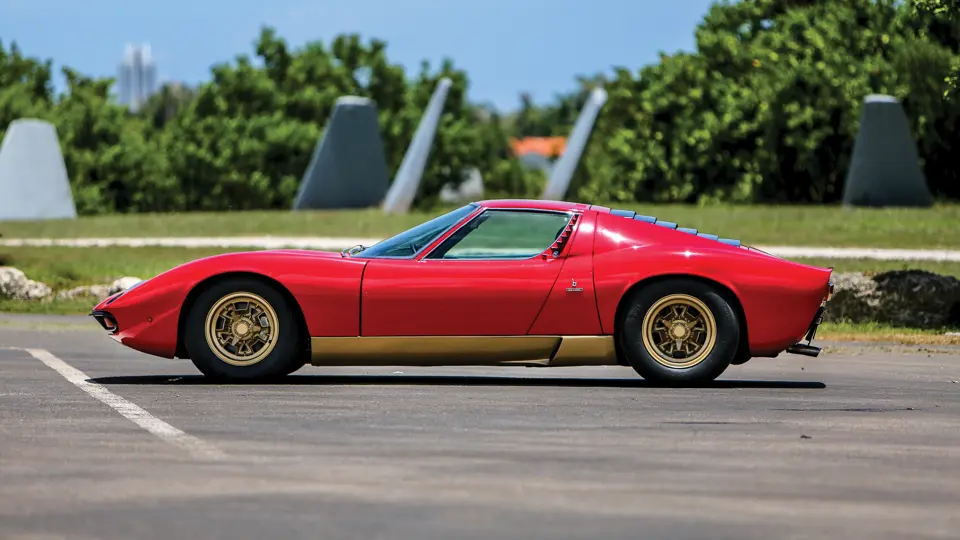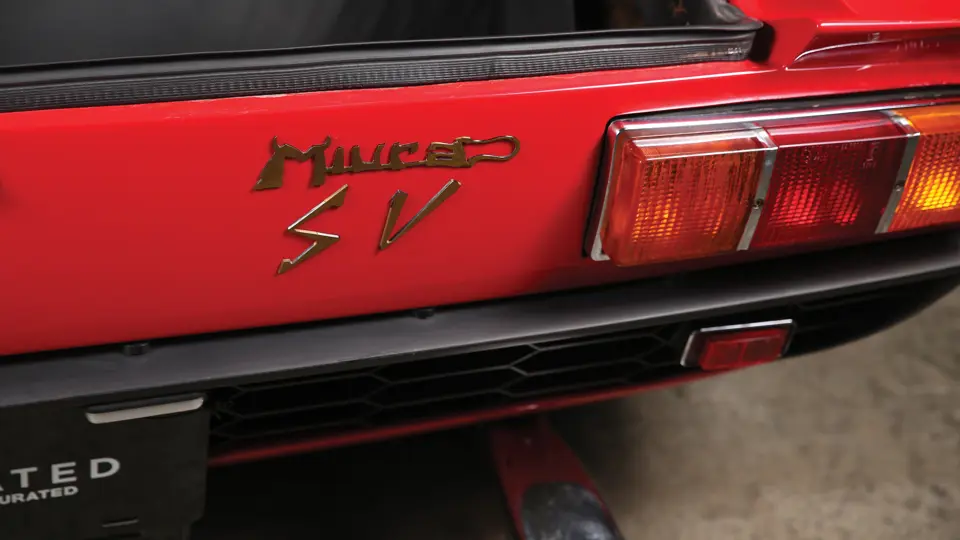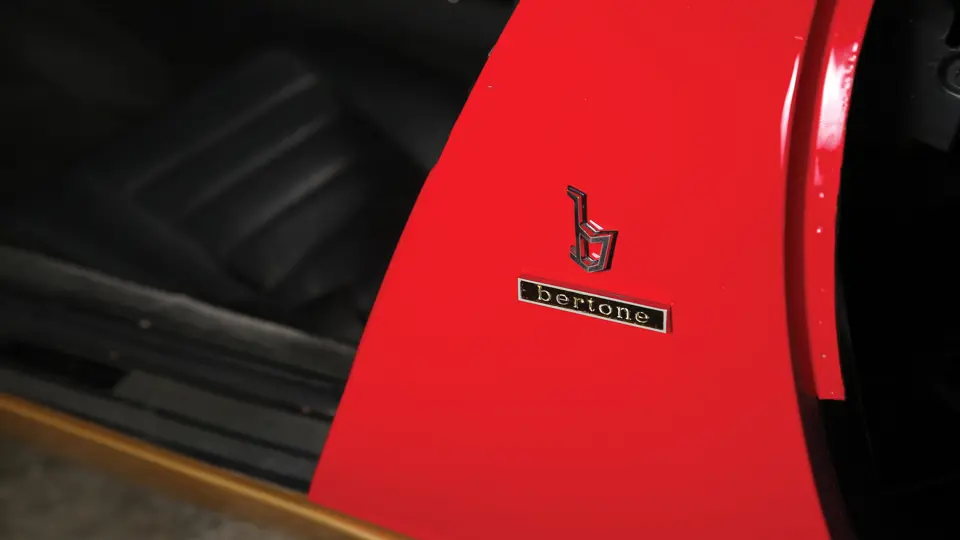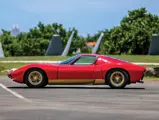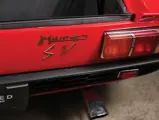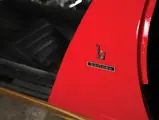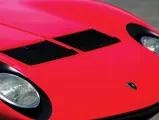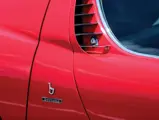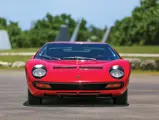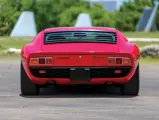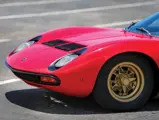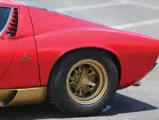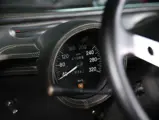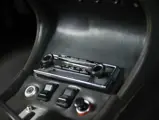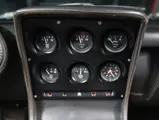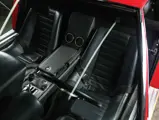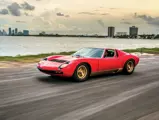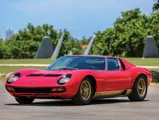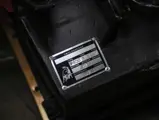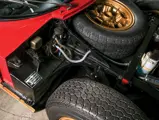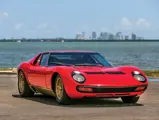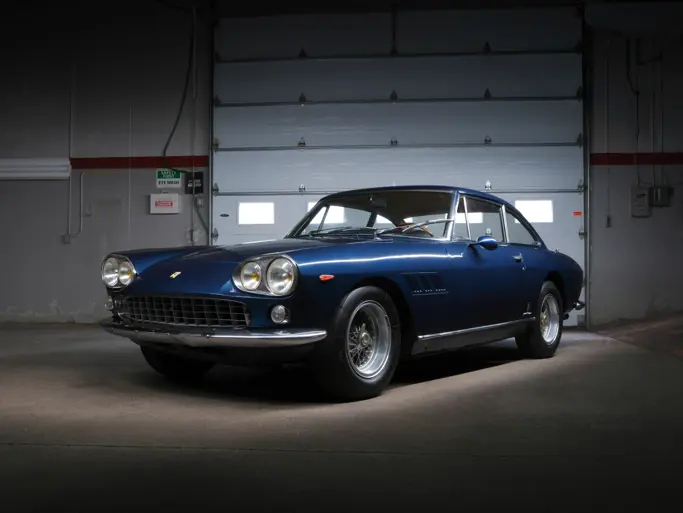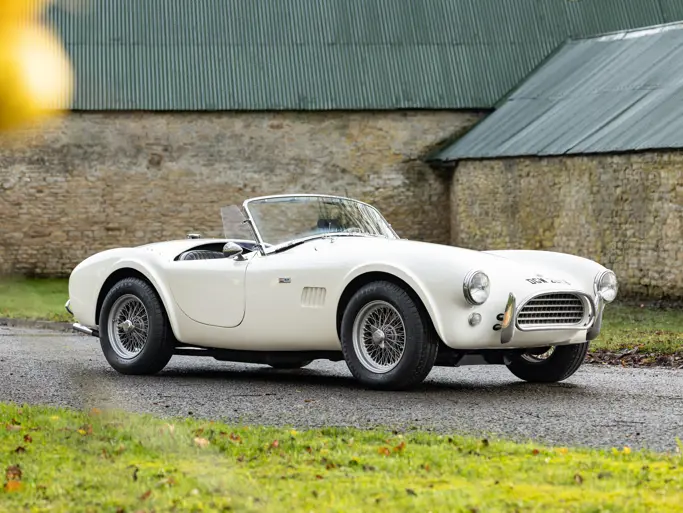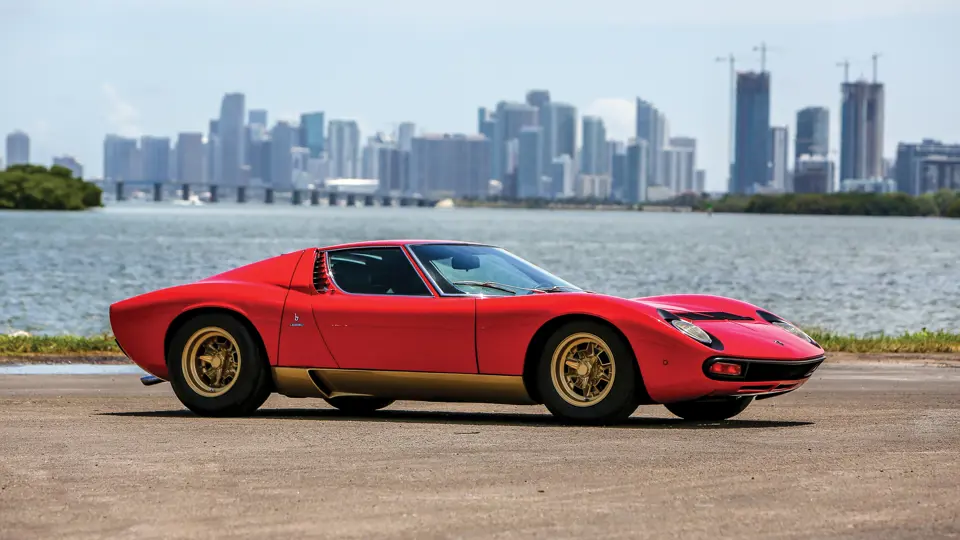
1972 Lamborghini Miura P400 SV by Bertone
{{lr.item.text}}
$1,900,000 - $2,200,000 USD | Not Sold
{{bidding.lot.reserveStatusFormatted}}
- One of the final 10 Miura SVs built, to the ultimate “split-sump” specification
- Originally delivered to South African aviator Captain Arthur Mechin
- Well-preserved, very original condition, with original body panels and drivetrain
- 25,000 believed actual miles
- An exceptionally original Miura SV
385 bhp, 3,929 cc DOHC transverse mid-mounted alloy V-12 engine with four Weber twin-choke carburetors, five-speed manual transmission, independent front and rear suspension with A-arms, coil springs with tubular shocks, and anti-roll bars; and four-wheel hydraulic disc brakes. Wheelbase: 98.42 in.
THE ORIGINAL SUPERCAR
The first “supercar” from Lamborghini, and perhaps the first supercar the world had ever seen, was the P400 Miura. When it was first unveiled at the 1966 Geneva Salon, its impact was nothing short of extraordinary. Simply stated, the Miura looked like no other on the road, and it marked a paradigm shift in the design of high-performance cars. Its sensuous lines were undoubtedly indebted to the placement of its engine, which was mounted transversely, just behind the passenger compartment.
The Miura’s performance also matched its looks, and the car would go on to be the poster child for a petrol-fueled generation. As such, Miuras could often be found in the garages of many of the most fashionable celebrities of the day, including Miles Davis, Rod Stewart, and Frank Sinatra. Marcello Gandini penned the gorgeous design at the age of 27, and it encapsulated the youthful spirit of the age. The car was beautifully styled throughout and had intricate details that always brought a smile to the driver’s face when interacting with the car, such as the shape of the doors, which were supposedly modeled off of the horns of a raging bull. To many, it boasted the perfect automotive silhouette, as it was just as sensual as it was muscular.
The final iteration of the Miura, the SV, featured numerous improvements over the already spectacular P400S that came before it. The SV featured better handling, thanks to revised suspension, which helped to remove the “front-end lightness” that was so characteristic of the earlier cars; in turn, the rear bodywork was made slightly wider. Perhaps the most notable changes were to the engine, which featured larger carburetors and different cam-timing, as they made the SV much more user-friendly at lower rpms. With its engine producing 385 brake horsepower, the SV boasted incredible performance. A sprint to 60 mph from a standstill took just 5.8 seconds, and its top speed was quoted at 180 mph.
“IF ANYONE HAS FOUND A CHEETAH, IT’S MINE”
The original Miura chassis listing records chassis number 3673 as being production number 751, and one of the final 10 Miuras built, as production ended at 762. It was originally delivered in November of 1972 to Captain Arthur Mechin, a resident of South Africa, finished in Rosso Corsa with a Nero interior. As was typical Lamborghini practice at the time, in order to avoid crippling import fees, the car used the chassis number of an earlier Miura which had been destroyed in an accident in South Africa and shipped back to the factory. To the South African customs authorities, it was simply the same car, returning after being repaired. Only the factory and the owner were the wiser!
Typical of the fascinating individuals who owned Miuras, Captain Mechin was a larger-than-life character, known for his Sunday morning newspaper delivery flights throughout Rhodesia in a leftover World War II Avro Anson Mk I, Faithful Annie. He survived multiple notable adventures, including a crash landing in the Luangwa Valley; he walked out of the remote jungle 10 days later. On another occasion, an Armstrong-Siddeley Cheetah engine fell off his plane. He managed to land safely and subsequently paid for an advertisement in the Rhodesia Herald: “If anyone in the northern suburbs has found a Cheetah, it’s mine.”
PRESERVING AN ORIGINAL MIURA SV
According to the consignor, Captain Mechin retained ownership of the Miura SV until 1990. It was then acquired by a Mr. Jordan before joining another private collection in 1994. In 2001 it was sold to Stephen Dohme, an enthusiast and collector who retained it until its sale to the present owner.
The current owner acquired the car as a project. However, after he and his father, a knowledgeable long-term Miura owner, reviewed the car more closely, they discovered that it retained roughly 80 percent of its original interior, and 80 percent of an older Rosso Corsa lacquer repaint that has been touched up and preserved. Thus, the project quickly turned from restoration to preservation and conservation, based on their exhaustive research. “We decided to restore the car as a ‘survivor,’” the owner notes, “maintaining as much as we could that was original while still making the car presentable and eligible for concours classes at events around the world. After five months guided by my father and an amazing crew at Lamborghini Palm Beach, we ended up with a car that is a stunning example of a Miura SV.”
The car’s engine was rebuilt by Zakira’s Garage, a well-known rebuilder of vintage Indy car engines in Cincinnati, Ohio, that has been featured in Road & Track magazine; another $140,000 has been spent on mechanical work through the past year. Having become intimately familiar with the car while returning it to life, the owner notes that it retains its original factory drivetrain and all original factory numbered body panels, and that its excellent condition confirms his belief that the 25,000 miles recorded are original.
In its first showing since completion of the conservation work, at the Miami Beach Concours, the car was much-applauded and well received. It will be shown again in Monterey this year, at The Quail, A Motorsports Gathering, prior to making its way to the RM Sotheby’s Monterey auction. It is eligible for many more shows and gatherings all over the country and, indeed, around the world, and will be warmly welcomed as one of the finest and best-preserved original Miura SVs in existence, with unimpeachable authenticity visible in every nut and bolt.

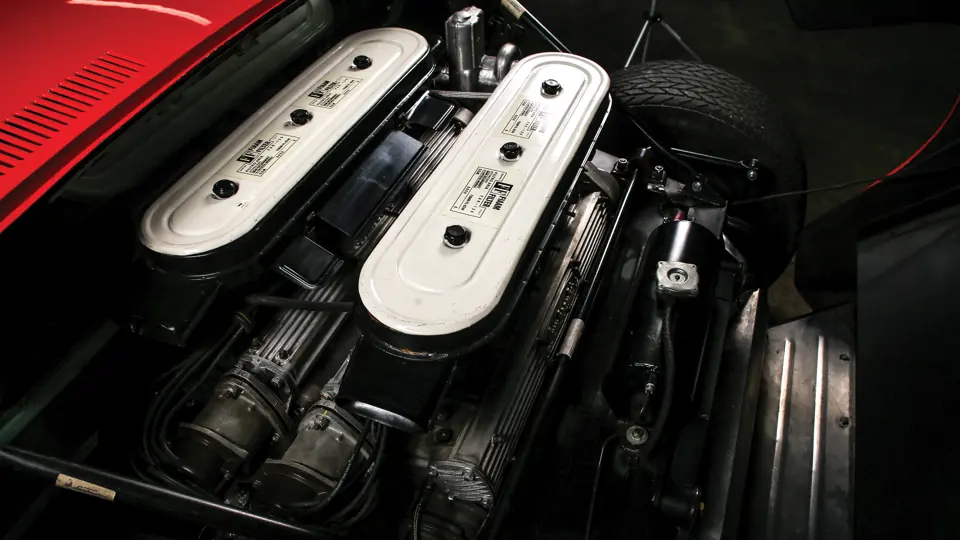


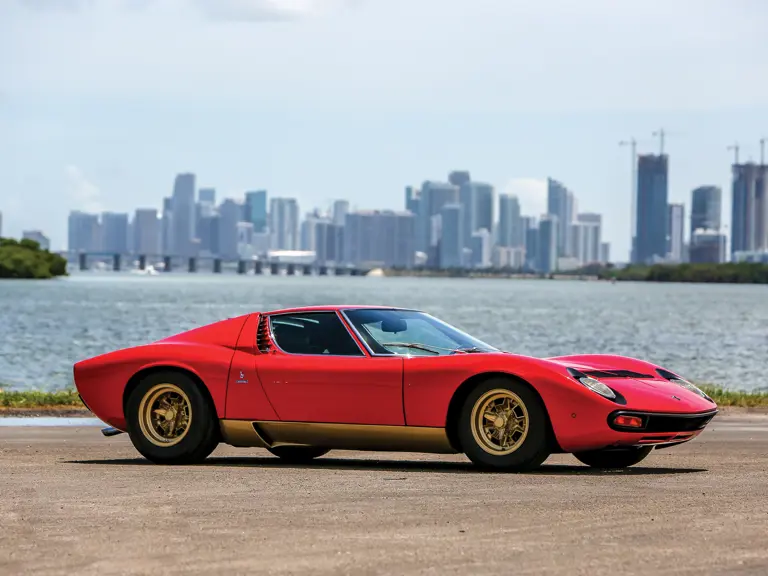
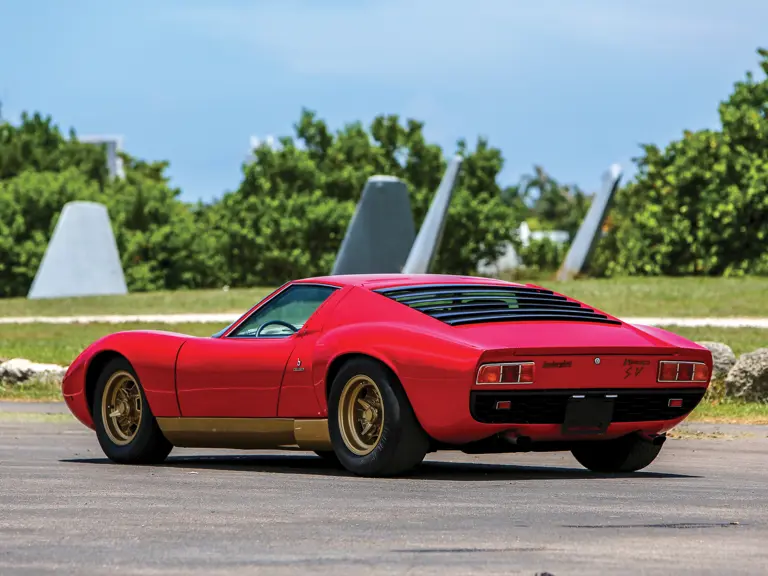
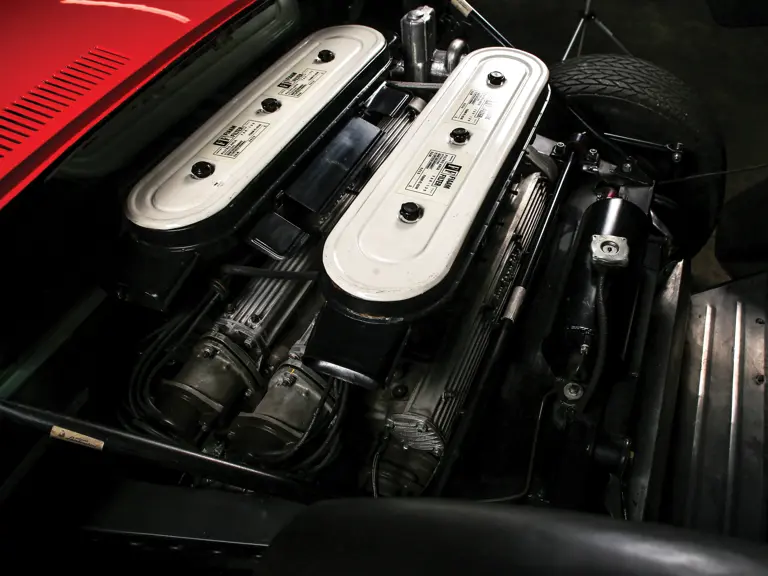
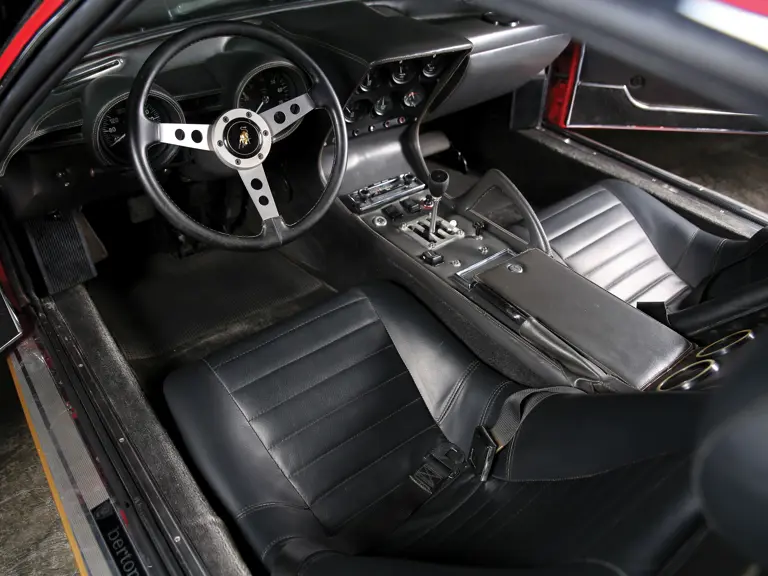
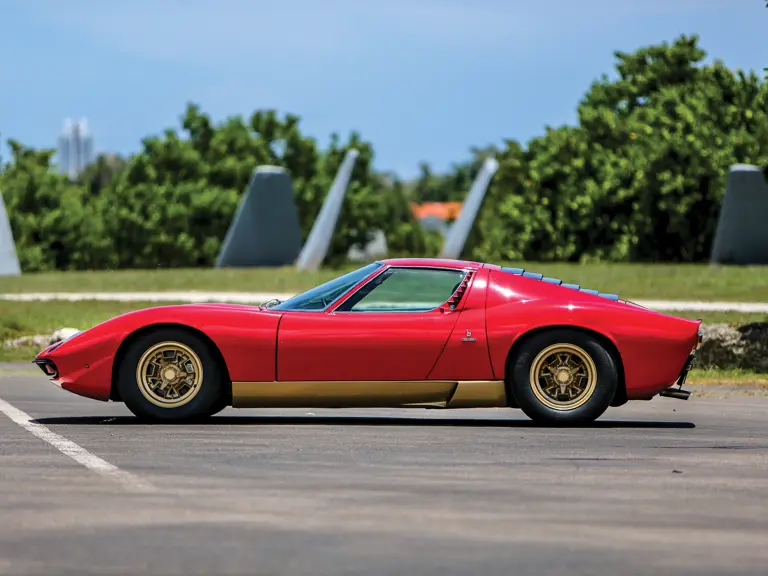

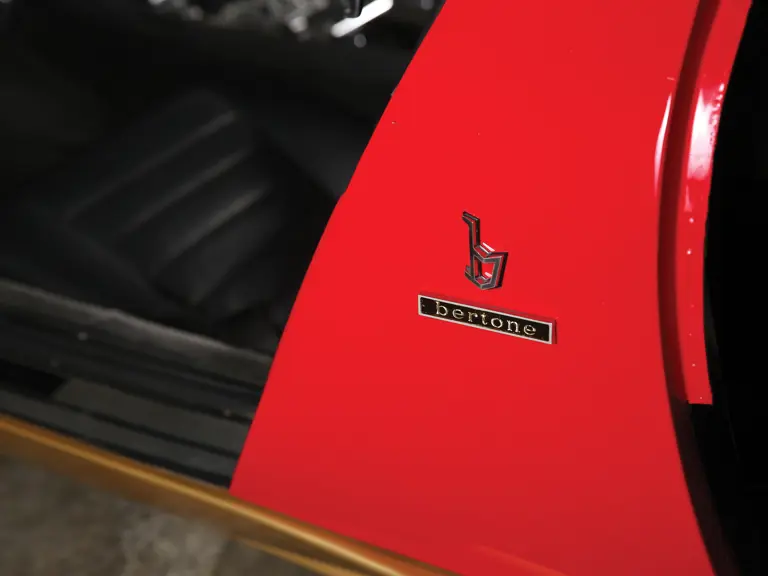
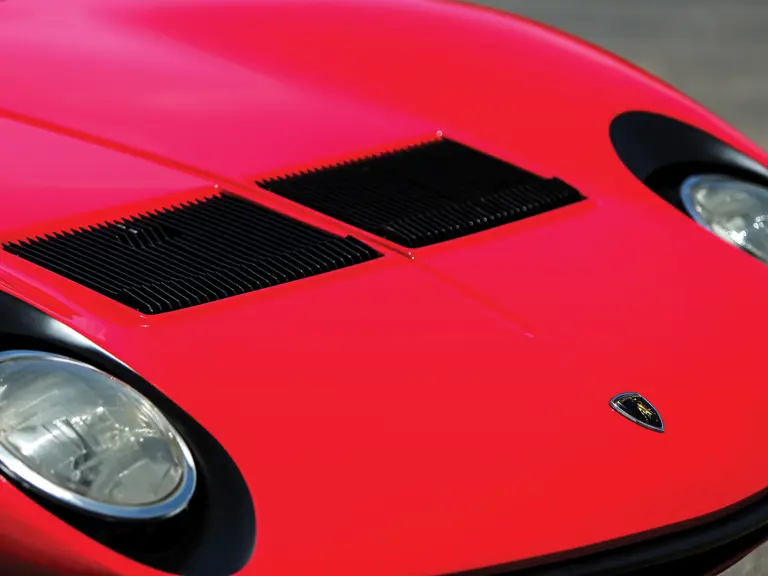

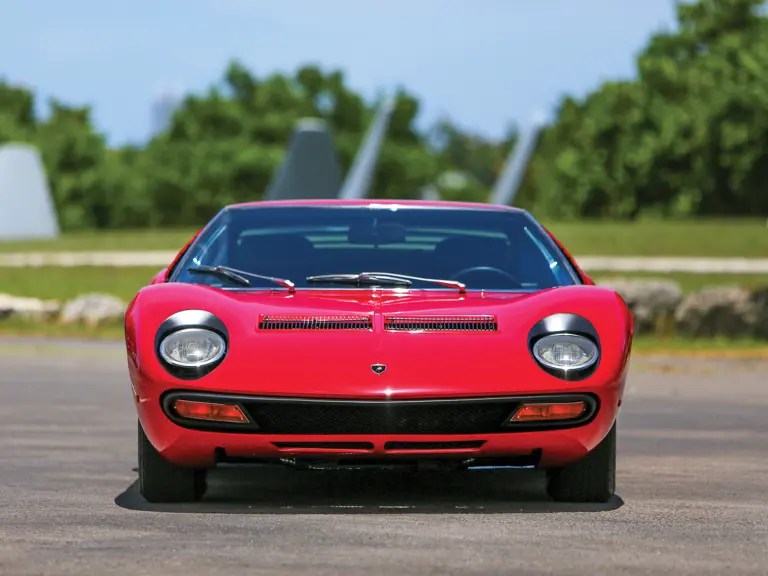
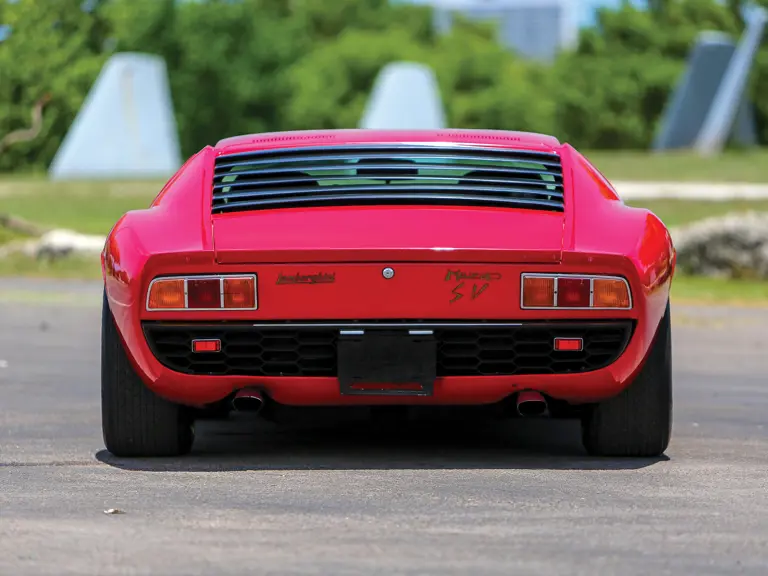
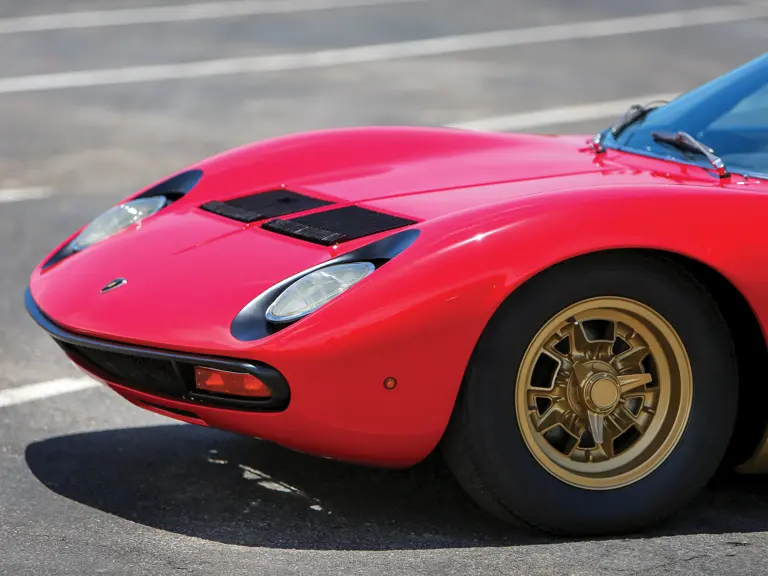
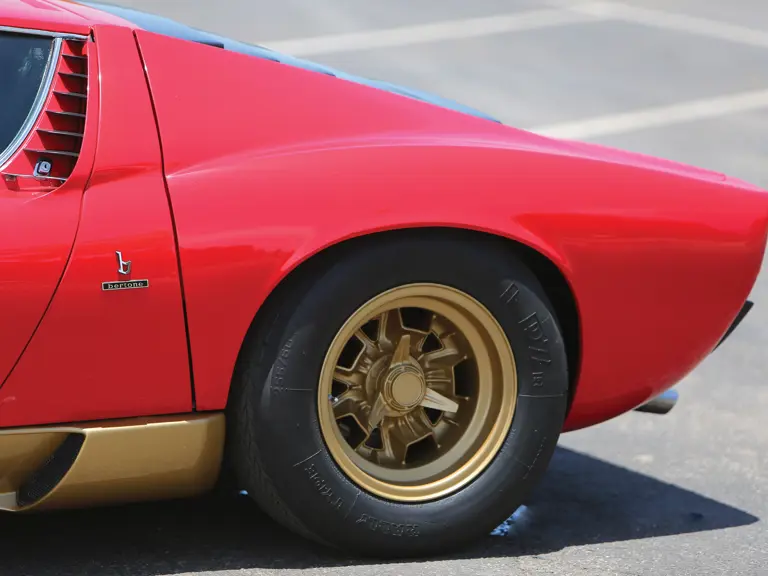

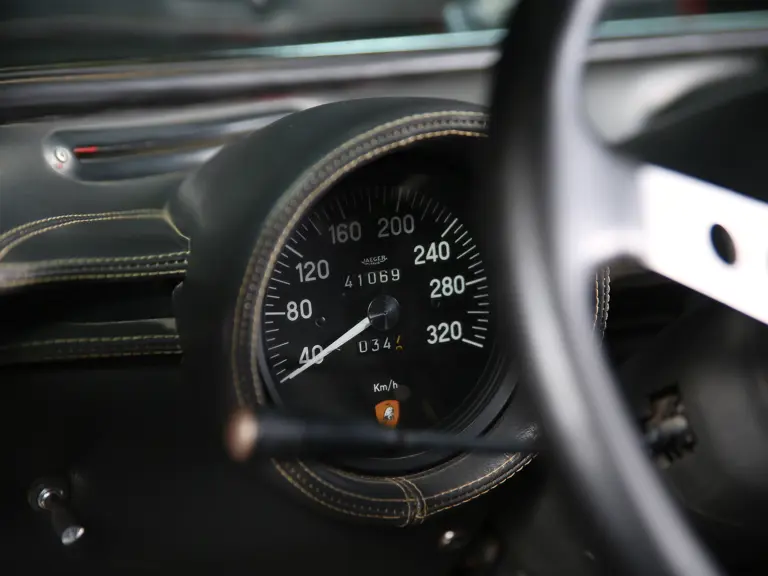
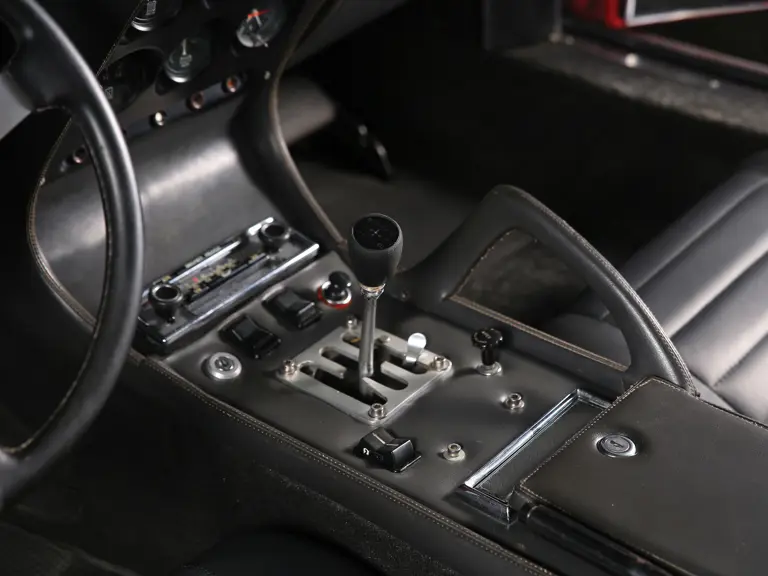

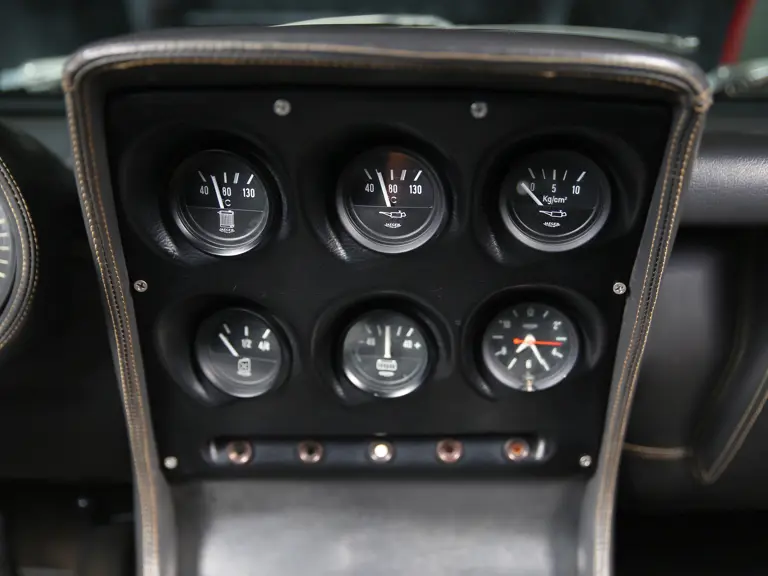
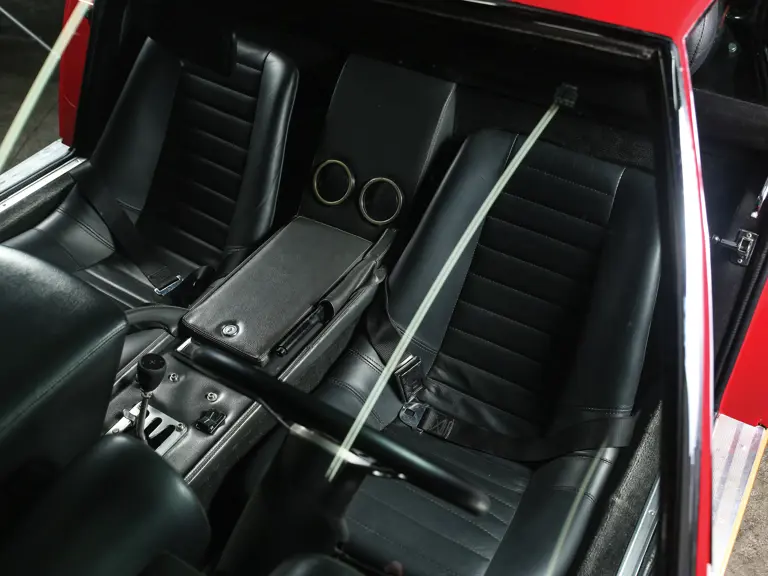
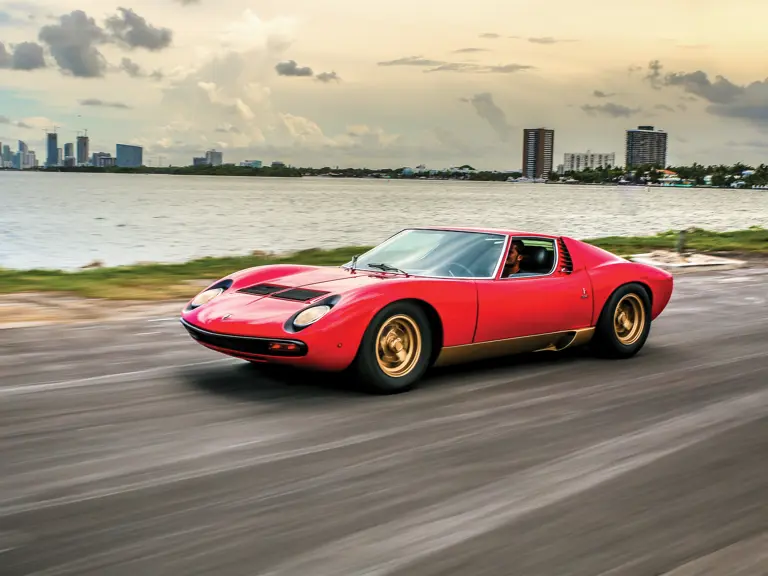
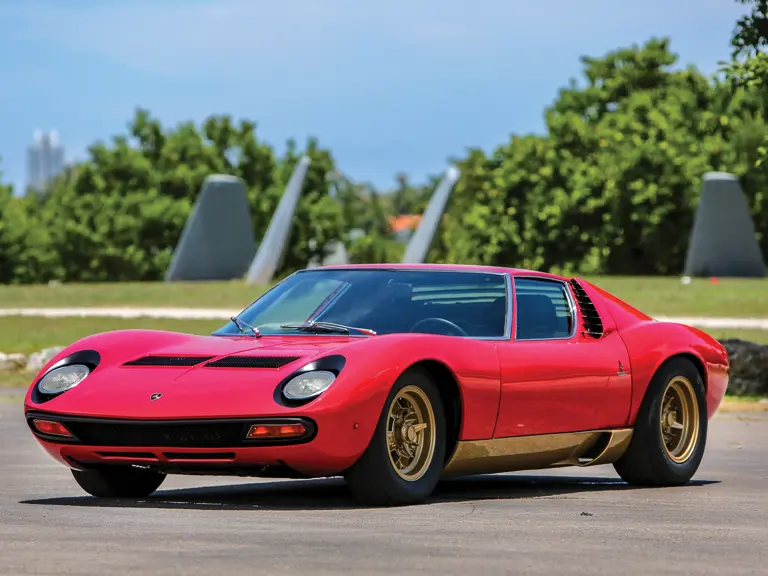
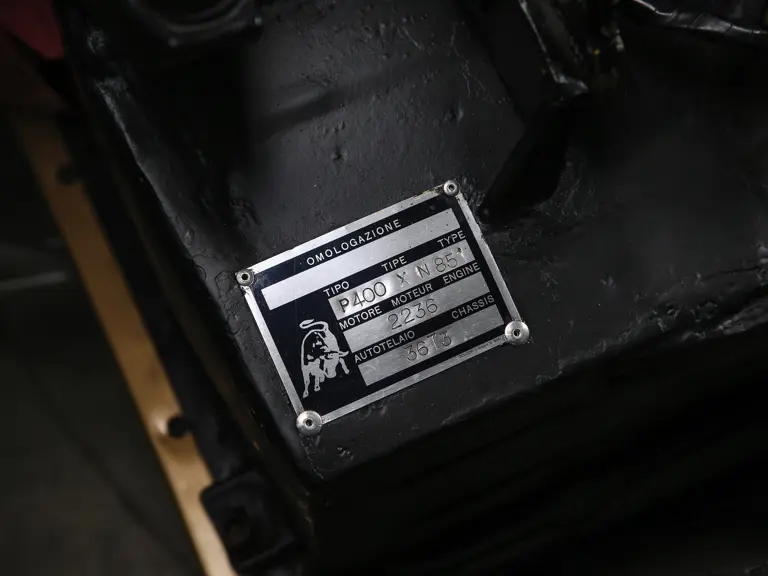
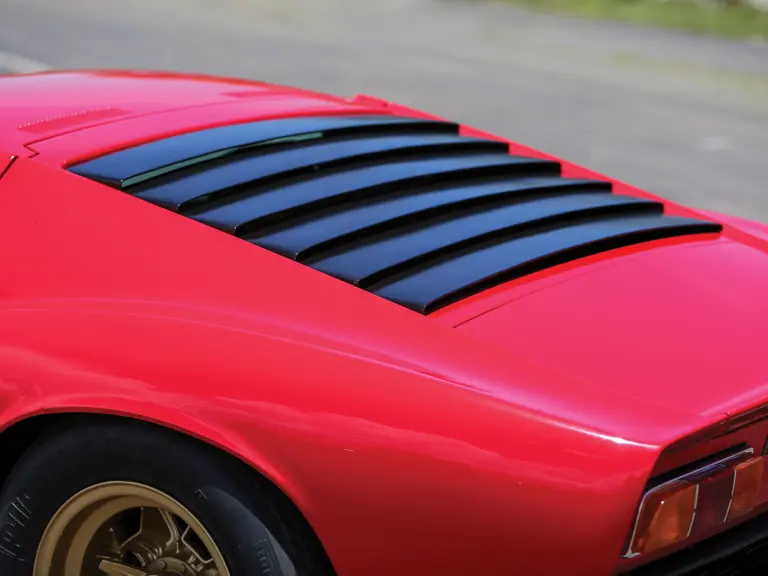
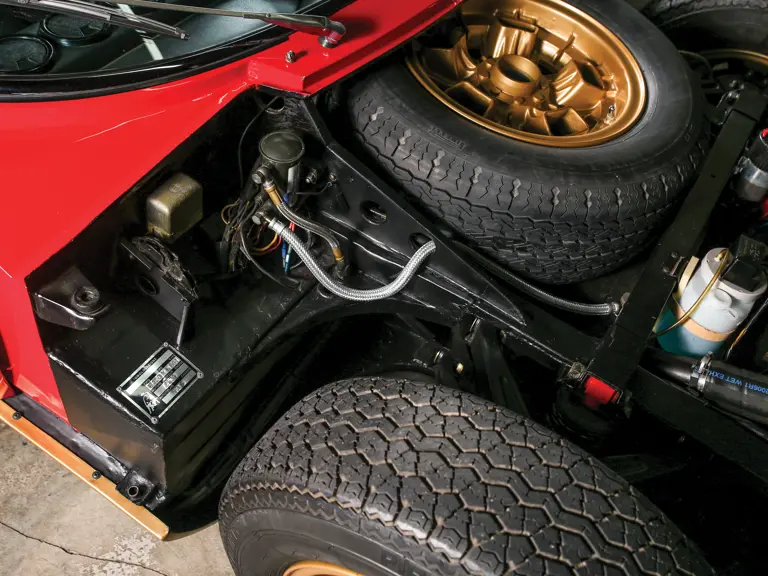
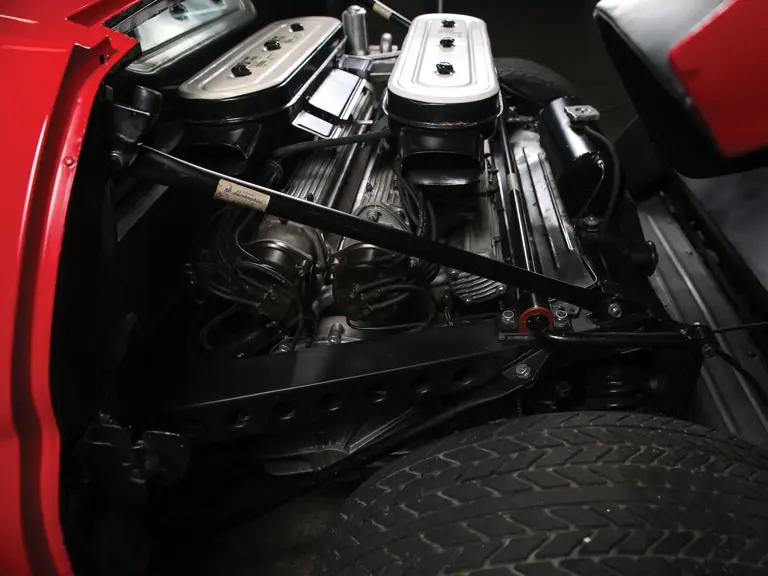
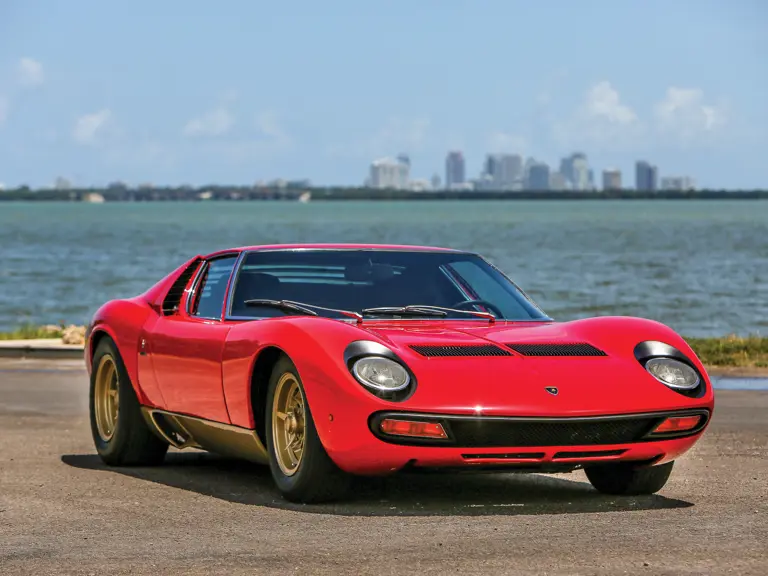
 | Monterey, California
| Monterey, California
